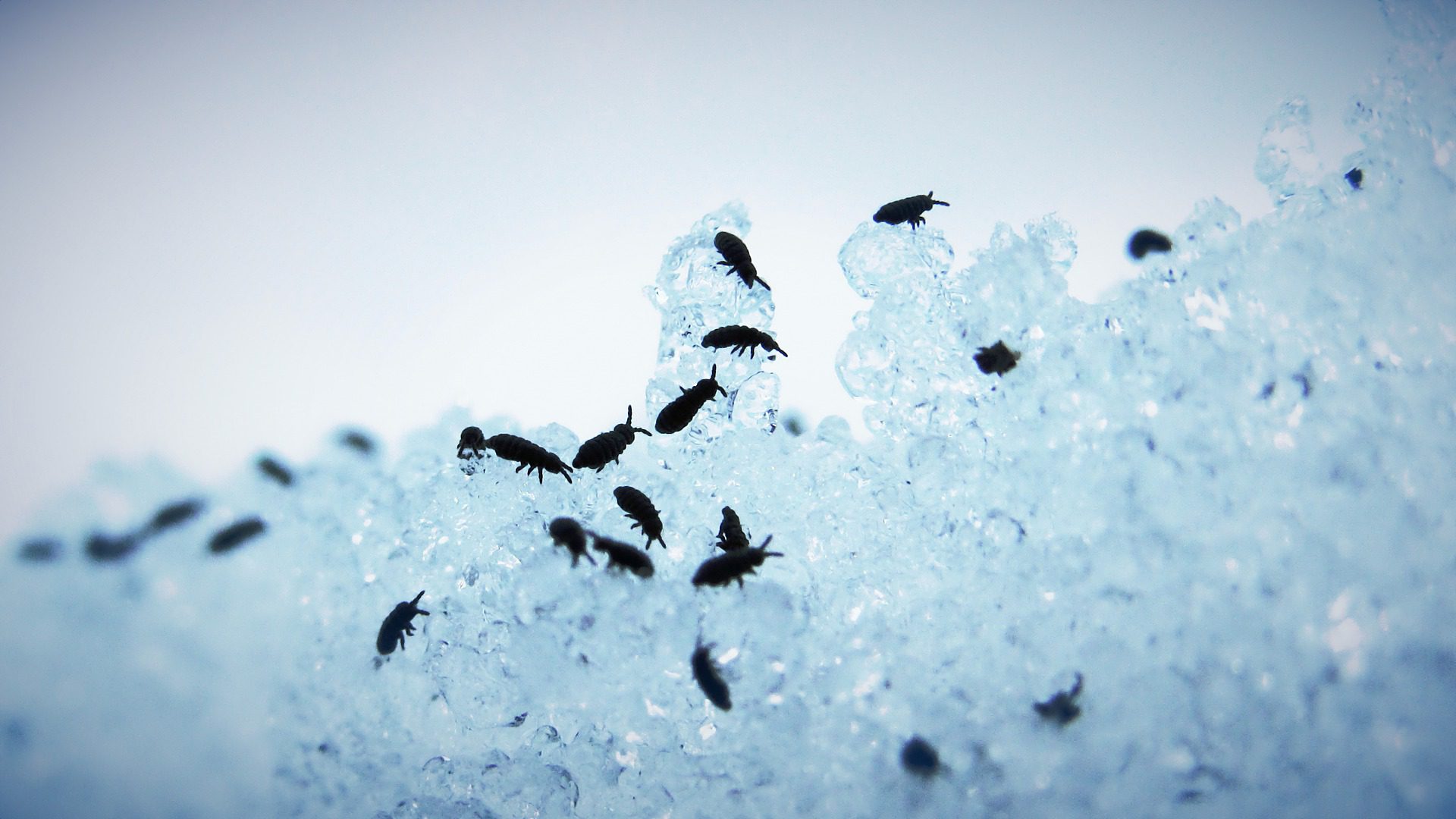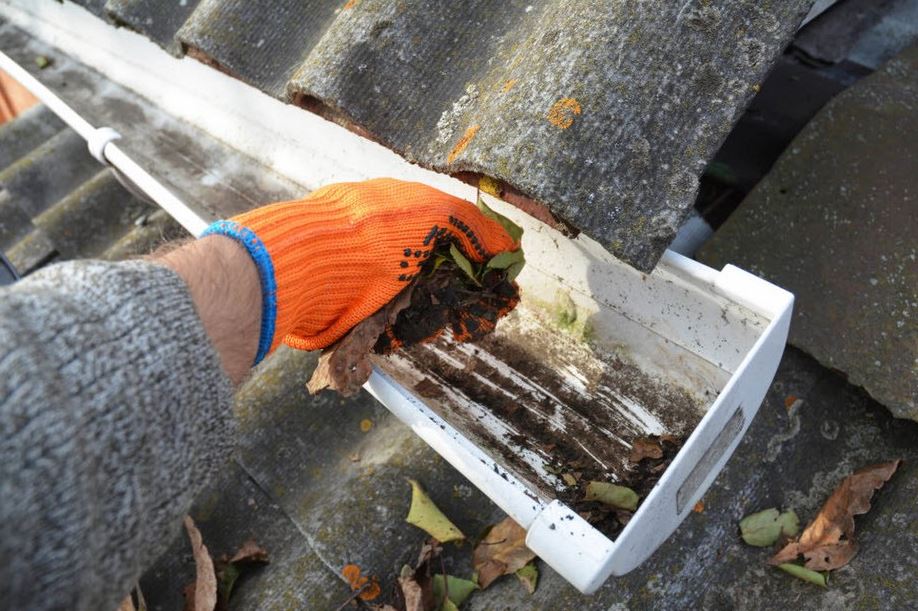The “Y/OUR Denver” photo exhibition comes along at just the right moment in 2021, as many of us are, once again, spending excess amounts of time indoors, recovering from — or hiding out from — the latest variation of the coronavirus.
The annual show has been an online-only event since it started four years ago, ahead of the rise of strictly-digital arts attractions that flooded in during the pandemic. It was home entertainment before home entertainment was the thing to be.
As I like to point out, this exhibition has learned how to do digital right, understanding that people sit down to screen offerings with varying levels of interest: Some want to linger and learn, others want to breeze through quickly and click on to something else. This show serves all.
The photos in “Y/OUR Denver” come from an open call for work put out by two of Denver’s bedrock cultural institutions, the Colorado Photographic Arts Center and the Denver Architecture Foundation. The premise is simple: Send in your best photos of buildings and the most interesting ones will be chosen for the show. The competition is open to everyone — pros, hobbyists or folks who just happened to be fortunate enough to capture a scene of urbanity at the right moment.
This year’s display has several of those magic moments, and they do what “Y/OUR Denver” does best: give us a new way of appreciating things we take for granted.
That’s certainly the case with the winning shot, a wide view of the Denver Museum of Nature and Science, taken by Alan Ford, a local architect. Ford captured the City Park building at dusk, a time of day when fewer people encounter the family-friendly museum, which does its biggest business during the day.
Ford took his shot from the west, from inside the park, and in a section of the massive green space that not many folks venture into after the sun goes down.
The result is a view of the building that shows off its best architectural asset, a multilevel, glass-walled atrium full of wildly expressive design elements. The photo reminds us that this formal, staid structure also has a unique and vibrant side to its personality.

All 30 of the photos in “Y/OUR Denver” attempt to pull off similar transformations.
The Best Exterior winner, Joshua Palmeri’s “Balconize,” uses some digital trickery to create a mirror view of a Capitol Hill high-rise that magnifies its interesting, and overlooked, geometry. A plain building suddenly looks worth paying attention to.
The Best Detail winner, Risa Friedman’s “Turntable Studios,” invites us to look more closely at the tall, landmark apartment building that most of us glimpse from a distance while driving by at high speed on Interstate 25. Freidman crops her photo so it focuses on just a few floors, highlighting the shades and symmetry of the structure and its colorful interior design.
As with most years, the 2021 version of this exhibition appeals to a sense of civic pride and a nostalgia for those places that define the city. There’s Allison Harper’s distant view of the Colorado State Capitol that features the gold dome at its most gleaming; Gordon Baron’s lit-up take on the Casa Bonita tower; Sean Marquantte’s head-on view of the Brown Palace, reduced to black-and-white and reinforcing the hotel’s enduring place in the cityscape.
There’s also a chance to get to know some fresher additions to the region. Carol Mikesh offers a photo of the nine-story Prism building on 17th Street, created in 2019 by Davis Partnership Architects. Her shot seems to encapsulate exactly what its designers want us to notice: the irregular shapes built into the mirrored facade that give the structure a singular identity while at the same time offering captivating, abstracted reflections of the buildings around it.
Rodney Mahaffey introduces the city to the Freyer-Newman Center, which opened on the grounds of the Denver Botanic Gardens last year. Rather than pulling back, like Mikesh, his technique is to focus tightly on the curved and criss-crossing I-beams that support its atrium. His photo takes us right to the heart of what makes this place such a great addition to Denver. Notably, this building, too, was designed by Davis Partnership.

The tactic of getting up close and personal to large buildings works to great effect in several of the photos. Emily Barrett Rodriguez highlights the most interesting aspect of the Denver Art Museum’s Gio Ponti-designed tower by zeroing in on a small field of its one-of-a-kind, exterior glass tiles.
Brent Anthony Nicholas manages to capture the entire charm and excitement of the Ellie Caulkins Opera House with one peculiar photo that presents long exposures on the lights installed on the building’s exterior. Kevin Gilson focuses his lens on the low parking garage of Wells Fargo Center, which might be the best element of one of the city’s most-revered skyscrapers.
While the exhibition, juried by CPAC curator Samantha Johnston, centers around downtown Denver, there are a few shots that get away from the concrete core and its high-end design. Richard Knight’s “Plastic Grass” is one of them.
Knight’s photo captures the exterior of a motel office on East Colfax Avenue, a survivor of what he describes as the “disappearing gentrification vortex” in that part of town. His “anti-architecture” subject is a mix of styles, time periods and materials — none of them impressive. But his photo is remarkable in the way it brings dignity to the place; it’s part of our history, full of purpose, and it wears well its own sort of cultivated pride.
And it is exactly why this show resonates so well — it understands the unique relationship between photography and architecture.
Buildings serve picture-takers well. They stand still long enough to be studied and photographed. They want to be looked at, and they deserve to be documented.
And photographs allow us to appreciate buildings in isolation, away from the busy urban context that distracts us from looking closely and appreciating their finer points. We get to see them as individuals.
Architecture and photography both stand on their own as art forms. But, as this exhibit shows, they stand better together.



More Stories
Timber Dining Tables | Why They Should Be Your Number 1 Choice
How to Use Microwave with Oven Functions for Quick and Easy Cooking
Jersey Shore condo to Beach Townhouse Update